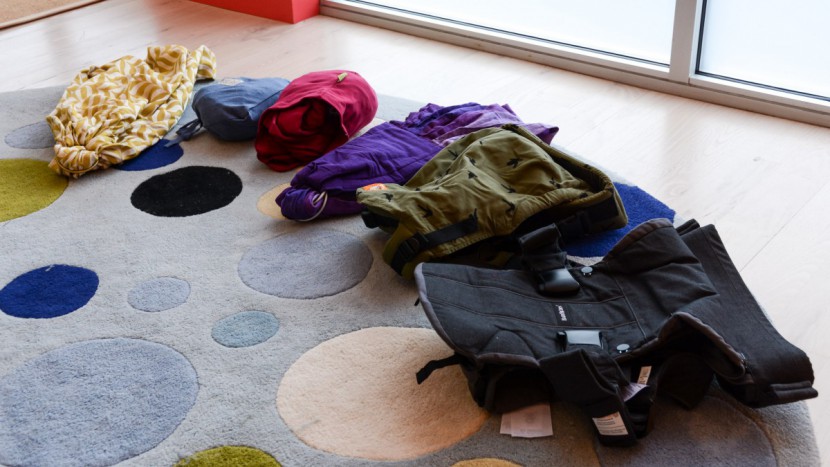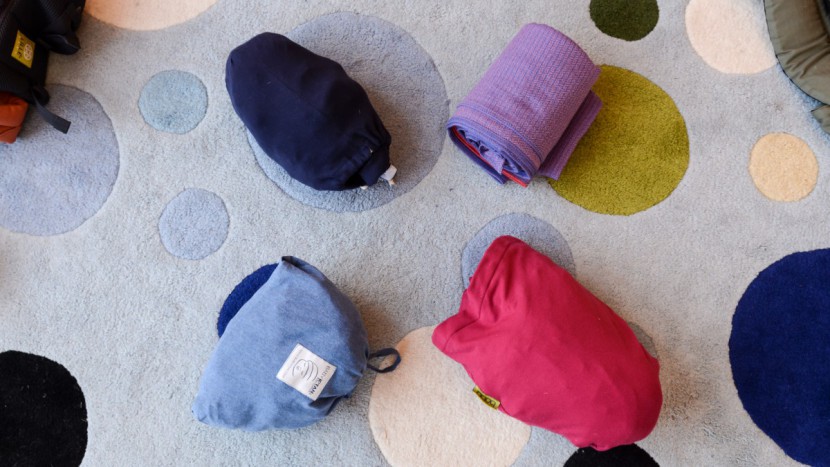To determine the absolute best in baby carriers, we researched and selected the top options to test and compare side-by-side. Over several months, we used the carriers in a variety of situations, including walking the dog, roaming the grocery store, and doing chores around the house. We tested all of the carry positions with little ones of different sizes and ages and wearers of different sexes and sizes. We focused our testing on the main trouble spots a carrier can present, such as comfort and ease of use.
Baby's Comfort
An uncomfortable baby equals an unpleasant experience for everyone. A sign of a baby's comfort is whether they fall asleep and stay asleep in a carrier or are fussing and struggling to settle. We considered features such as support, adjustability, softness, and breathability of the materials.
Parent's Comfort
We considered how the carriers distribute the baby's weight and the type of support they provide for wearer comfort. We compared the materials for features like breathability, softness, and padding. Some carriers were uncomfortable from the get-go, while others were comfortable enough for long outings and repeated use. The main differences were insufficient padding in the shoulders, back, and waistband or a poor design that didn't distribute the baby's weight well.
Ease of Use
We tested how easy a carrier is to put on, take off, and adjust regularly. The ability to put the carrier on and adjust it before putting the baby inside makes it far easier than those you put on while holding the baby. We like user manuals with clear pictures and simple instructions. Carriers that offer more carry positions that are easy to change are better than products with complicated buckles or a steep learning curve. Other factors in ease of use are out-of-the-box use, hoods and pockets, and whether or not you can use the carrier in all positions without help.
Ease of Cleaning
The machine-washable products you can toss into the dryer afterward are rated the highest in this category. On the opposite end of the spectrum, carriers that can only be spot cleaned or must be hung to dry scored lower.




